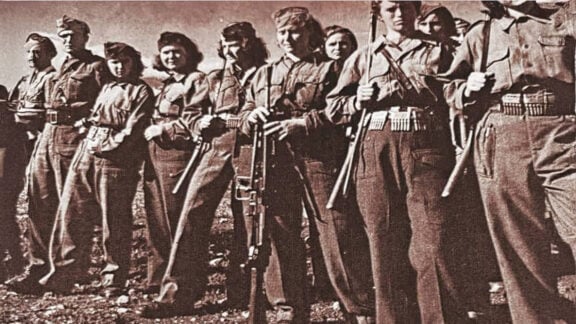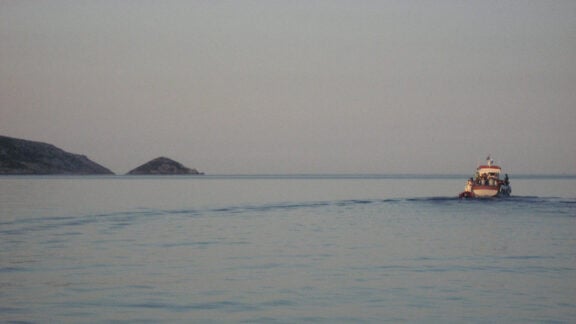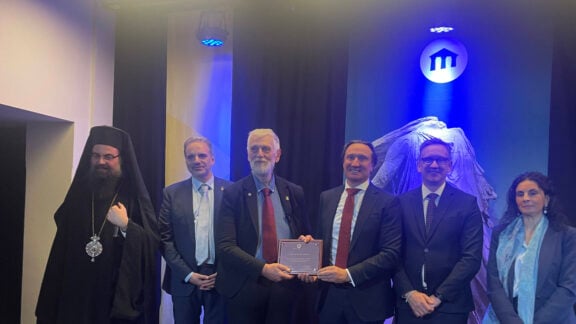A lecture by University of Melbourne history professor Joy Damousi, entitled The Greek civil war and child refugees in Australia: Cold War and Australian Internationalism will be given as part of the GOCMV History and Culture Seminars on Friday.
Professor Damousi was recently awarded with the highest academic accolade available in Australia for all disciplines – that of an Australian Laureate Fellowship, for which she will be exploring the history of child refugees in Australia from 1920 to the present.
The lecture at the Ithacan Philanthropic Society was from her forthcoming book, Greek War Stories, to be published by Cambridge University Press, in which she explores the memories of war by immigrants from Greece to Australia in post-war Australia.
The Greek Civil War (1946-1949) created conditions whereby children were removed from their homes out of war zones and into neighbouring Eastern European countries.
The result was that approximately 28,000 children crossed the borders in Eastern European countries during the course of the Civil War. Children travelled to a number of countries which included Romania, Yugoslavia, Czechoslovakia, Poland and Hungry.
How did these families come to be so fragmented and dispersed across three countries with children as young as 8 and 14 years of age living away from their parents? Why had it become so difficult to reunite them with their families?
While this incident of the separation of children from their families during the Civil War has attracted substantial scholarship by historians engaged in examining the wider politics and impact of the Civil War, there have been very few studies which examine the fate of the children who were sent to specific geographic locations.
Australia was a key participant in the United Nations at this time and actively engaged with this issue in order to reunite children with their parents, many of whom had migrated to Australia after the war.
Professor Damousi’s lecture explores the history of child removal to Australia during the Greek Civil War by developing two distinctive perspectives. It focuses the discussion beyond the debates and disputes between nations at forums such as the United Nations, and concentrated on efforts at the national level to arrange for children to be reunited with their parents.
It also analysed the migration of children to Australia for the first time, which is an important but under-researched aspect of the history of the paidomazoma. Australia was the first country to arrange for children to be reunited with their parents.
Professor Damousi argues that there is a need to recognise the efforts and tactics of the Australian Council of International Social Service and its director, Aileen Fitzpatrick, who played a pivotal role in moving debates about the fate of these children beyond Cold War politics. Her crusade to unite children with their families is positioned within an alternative history of the 1950s, which privileges transnational organisations that upheld international co-operation rather than those that promoted Cold War tensions.
“Through the history Australian government was sometimes very supportive and very open to refugees – in other periods it was very restrictive and very ungenerous in its approach. The reason I looked at children is because no one has really looked at them as a separate category of refugees. People have different views about children – when you start talking about children their views change. That’s when it gets to the heart of people – even if you don’t have political position about refugees, people often move ground because there is innocence involved,” professor Damousi told Neos Kosmos recently.
If there was one, the most important lesson to learn from the Australian approach to child migration in the past, she is adamant that Australia needs to be more flexible in how it deals with child migrants and refuges today.








